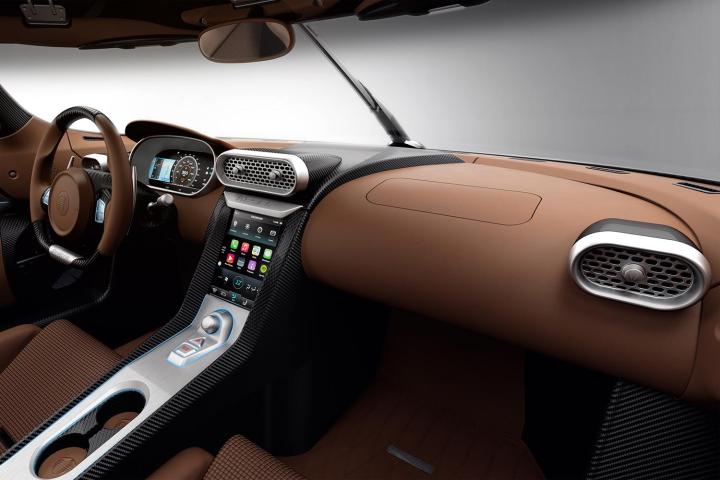
Each year, the agency pointed out in its 60-page report, around 1,700 people are killed in rear-end collisions, and half a million more are injured. But many of these deaths and injuries — around 80 percent, in fact — are avoidable with existing technologies that can either alert the driver to dangerous situations, or redirect the vehicle in a safe way to avoid an accident. Some systems would automatically apply brakes, while others would steer the car in a slightly different direction, but all (ostensibly) with the same result — keeping drivers and passengers safe.
These systems have been in the works for the past two decades, but continuous debate has prevented their full implementation and standardization across the industry. The Alliance of Automobile Manufacturers, for one, believes that drivers should have the option to choose what sorts of features they want in their cars, though as some have pointed out, the same argument once applied to seat belts and airbags, which are both now standard safety features.
Christopher Hart, the NTSB chairman, said in a statement, “You don’t pay extra for your seat belt, and you shouldn’t have to pay extra for technology that can help prevent a collision altogether.” Still, some critics say that the automotive industry should hold out for more advanced future developments, as technology continues to become increasingly innovative. But this constant procrastination is dangerous, says the NTSB.
“The promise of a next generation of safety improvements has been used too often to justify inaction,” Hart noted. “Because there will always be better technologies over the horizon, we must be careful to avoid letting perfection become the enemy of the good.”


